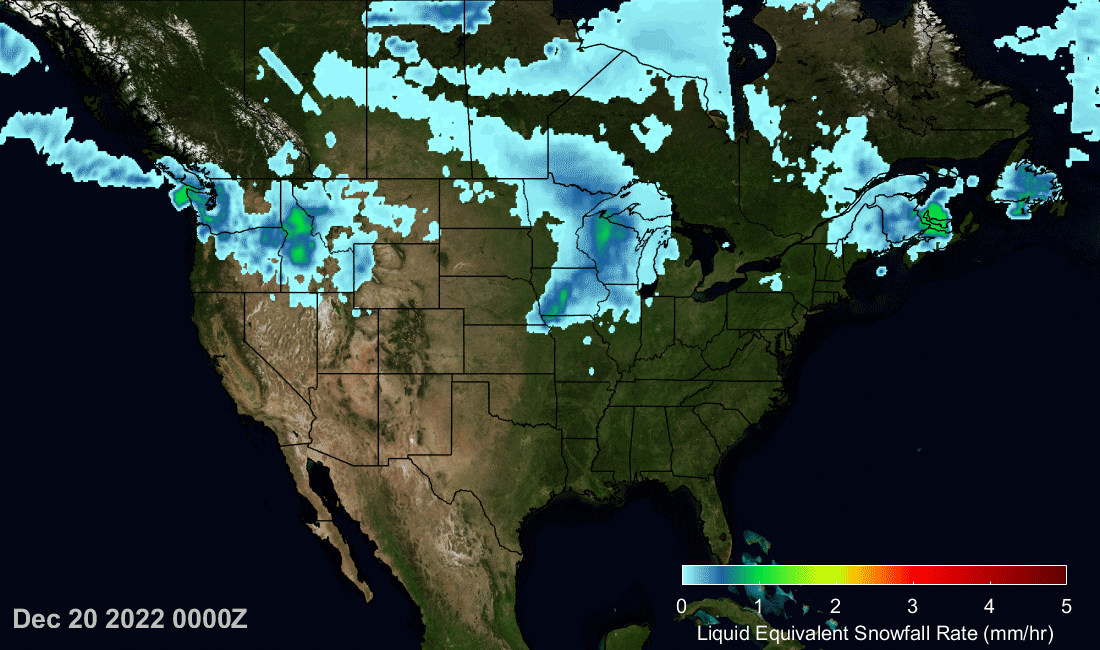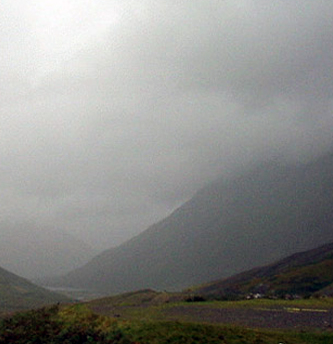![Figure 3. Monthly TPW anomaly time series shown in red for ERA5 and blue for MiRS SNPP, 2012-2021. The straight lines are the linear regression fits. [a] is for global, [b] for Tropics, and [c] for mid-latitude regions, respectively.](https://essic.umd.edu/wp-content/uploads/2024/11/grassotti-zhou.png)
Evaluation of Total Precipitable Water Trends From Reprocessed MiRS SNPP ATMS Observations
Figure 3. Monthly TPW anomaly time series shown in red for ERA5 and blue for MiRS SNPP, 2012-2021. The straight lines are the linear regression
![Figure 3. Monthly TPW anomaly time series shown in red for ERA5 and blue for MiRS SNPP, 2012-2021. The straight lines are the linear regression fits. [a] is for global, [b] for Tropics, and [c] for mid-latitude regions, respectively.](https://essic.umd.edu/wp-content/uploads/2024/11/grassotti-zhou.png)
Figure 3. Monthly TPW anomaly time series shown in red for ERA5 and blue for MiRS SNPP, 2012-2021. The straight lines are the linear regression

Last week, NOAA NESDIS held a two-day virtual workshop on “Precipitation Estimation from LEO Satellites: Retrieval and Applications”. The workshop was organized by CISESS Consortium Scientist Kuolin Hsu at University of California, Irvine through a task funded by NESDIS’ Joint Polar Satellite System (JPSS) Program Office. The primary goal of the workshop was to determine future satellite observation requirements for global precipitation. The workshop had nearly 100 participants for each of the four sessions that spanned two days.

Several ESSIC/CISESS scientists including Malarvizhi Arulraj, Jifu Yin, Christopher Grassotti, Veljko Petkovic collaborated on a multi-author, two-part study led by Douglas Miller, Professor of Atmospheric Sciences at the University of North Carolina, Asheville.

CISESS scientists Chris Grassotti and Yong-Keun Lee were coauthors of a paper published last week in the open access journal Remote Sensing.

ESSIC/CISESS scientists Post-doctoral Associate Yan Zhou and Senior Faculty Specialist Chris Grassotti have recently published in article in Remote Sensing titled “Development of a Machine Learning-Based Radiometric Bias Correction for NOAA’s Microwave Integrated Retrieval System (MiRS)”.